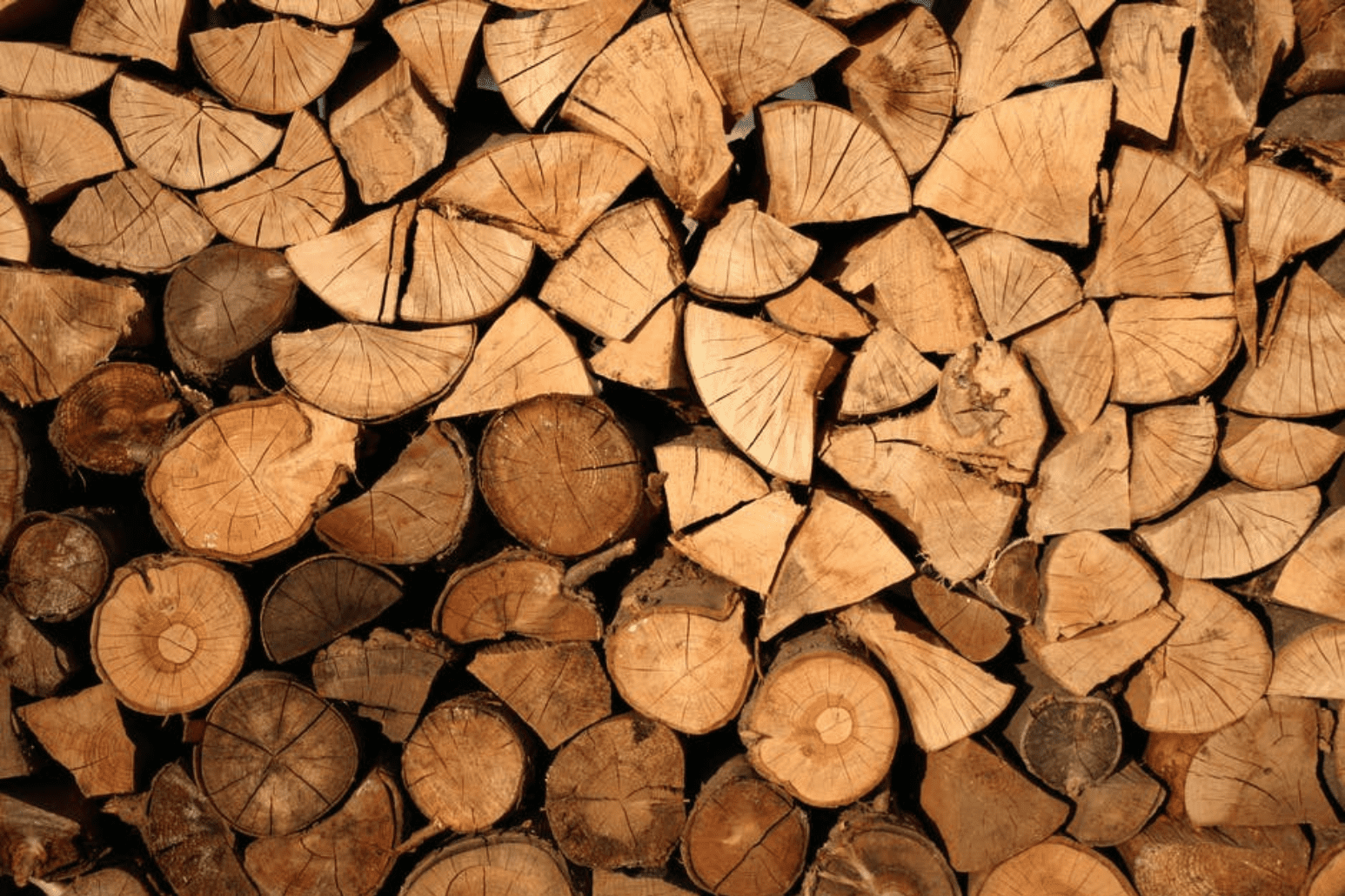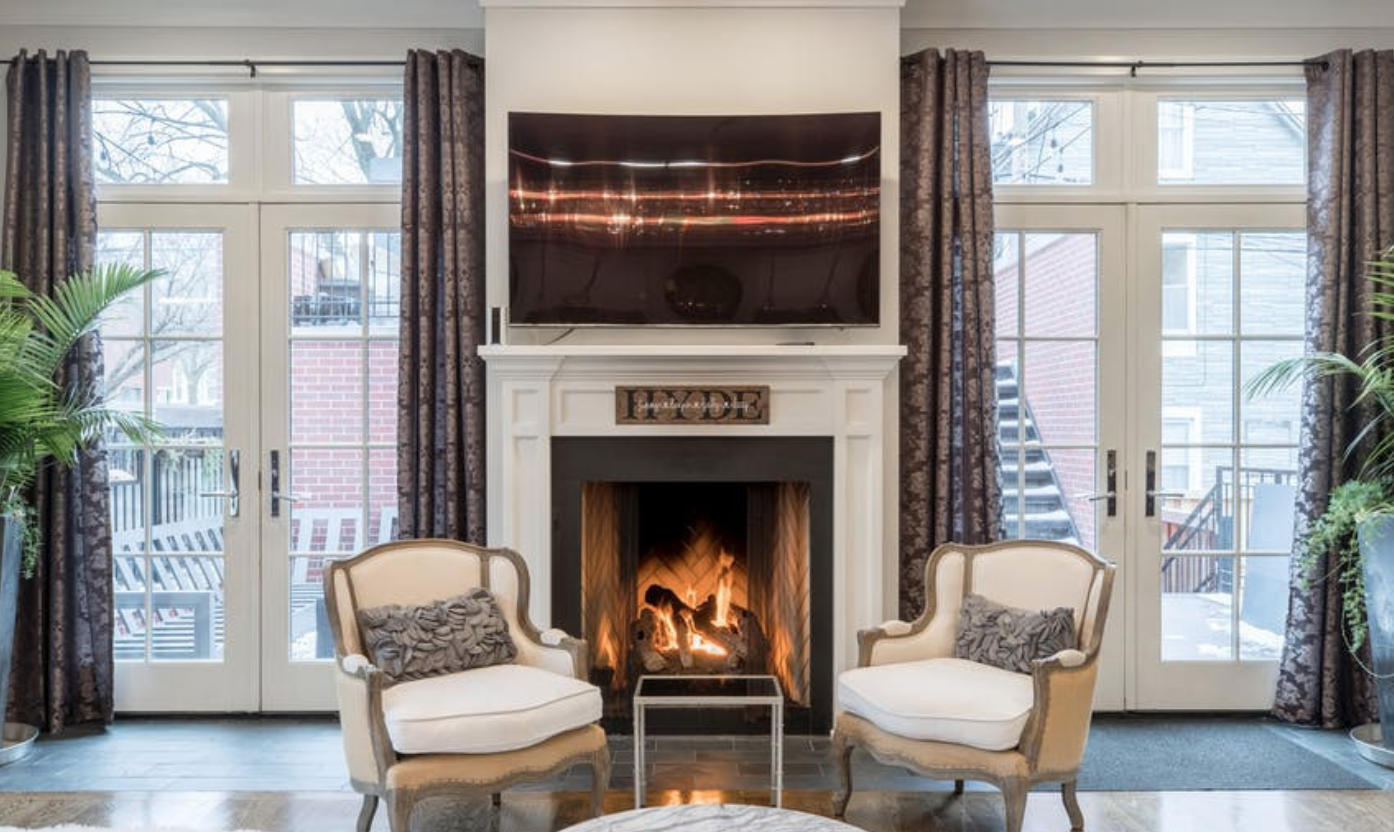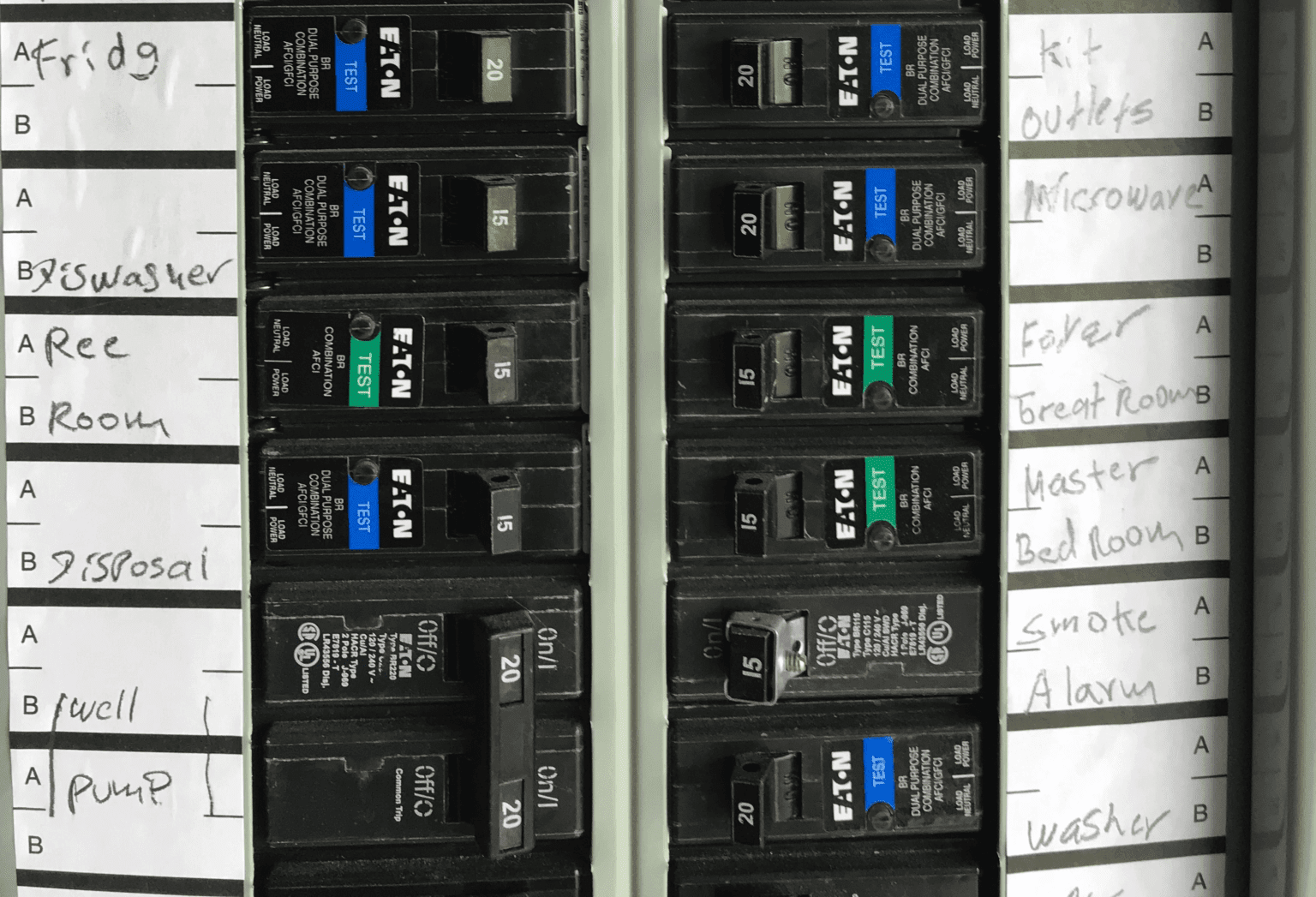Burning wood can warm up our house, provide amazing firewood smell, and look very romantic. There is nothing better than coming home after a long day at work and relaxing in front of the fireplace. But can we burn any kind of wood? What are the types of wood you should not burn in your fireplace?
You should not burn soft wood, such as pines, cypress, or firs, and avoid freshly cut green wood and driftwood. Plywood, particle boards, chemically, and painted wood or pallets should also be avoided. Don’t risk your health by burning poisonous species or cause a fire burning your Chrismas tree. Finally, burn only local wood from non-endangered tree species.
Let’s go over the details of wood types you should not burn so that you can safely enjoy your fireplace.
1. Soft Wood

Soft wood is not the best option for your fireplace. Species like pines, cypress, and firs burn very fast, which means you will not enjoy your fire for too long.
When burned, these species produce a lot of smoke, which will fill up your chimney with black residue (soot) quite fast. Burning soft wood will require you to clean the chimney more often to avoid the real danger of a clogged chimney.
While you should avoid burning soft wood in your chimney, it is ok to burn it outside in fire pits.
2. Green Wood
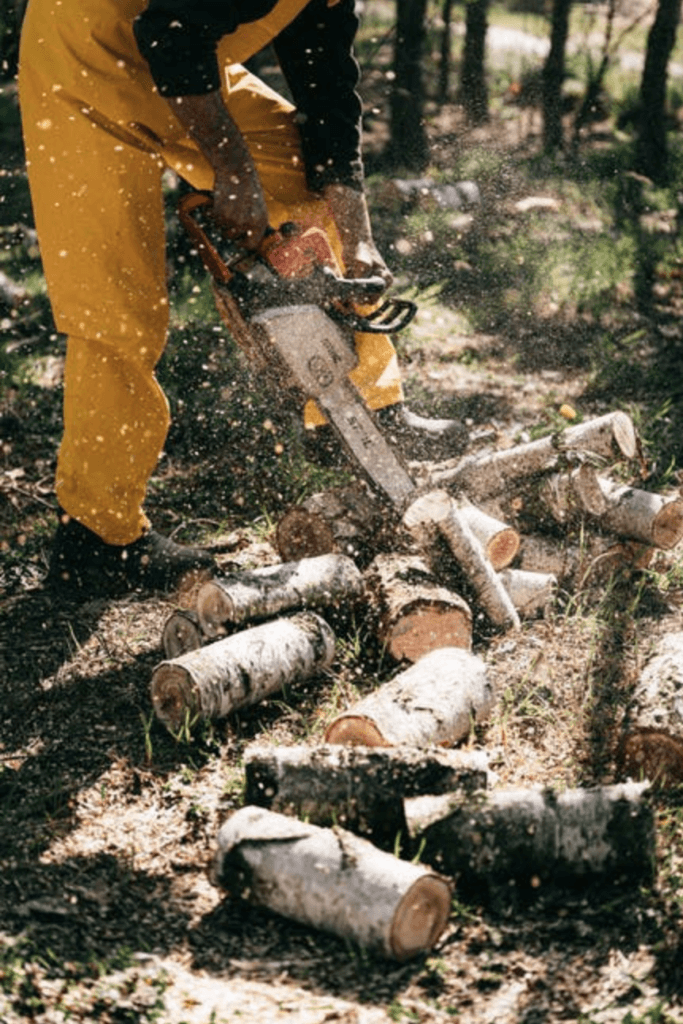
Green wood is freshly cut wood or unseasoned (not dry) wood. In general, seasoned wood is considered to have only 20% of the green wood’s moisture content.
Because it contains so much moisture, green wood is hard to ignite, produces a lot of smoke, and results in creosote build-up. All wood produces creosote, but green wood makes much more. As it accumulates in the chimney, creosote becomes a fire hazard. Those small particles can ignite and cause a fire in your chimney. To prevent a fire, you would have to clean your chimney more frequently, which is costly.
Ideally, you should only burn seasoned wood in your fireplace. Depending on the type of tree, it may take up to 12 months before green wood is ready to be burned. The most common way to dry out wood is to stack the logs in a single row up off the ground and let the sun and wind do its magic.
3. Driftwood
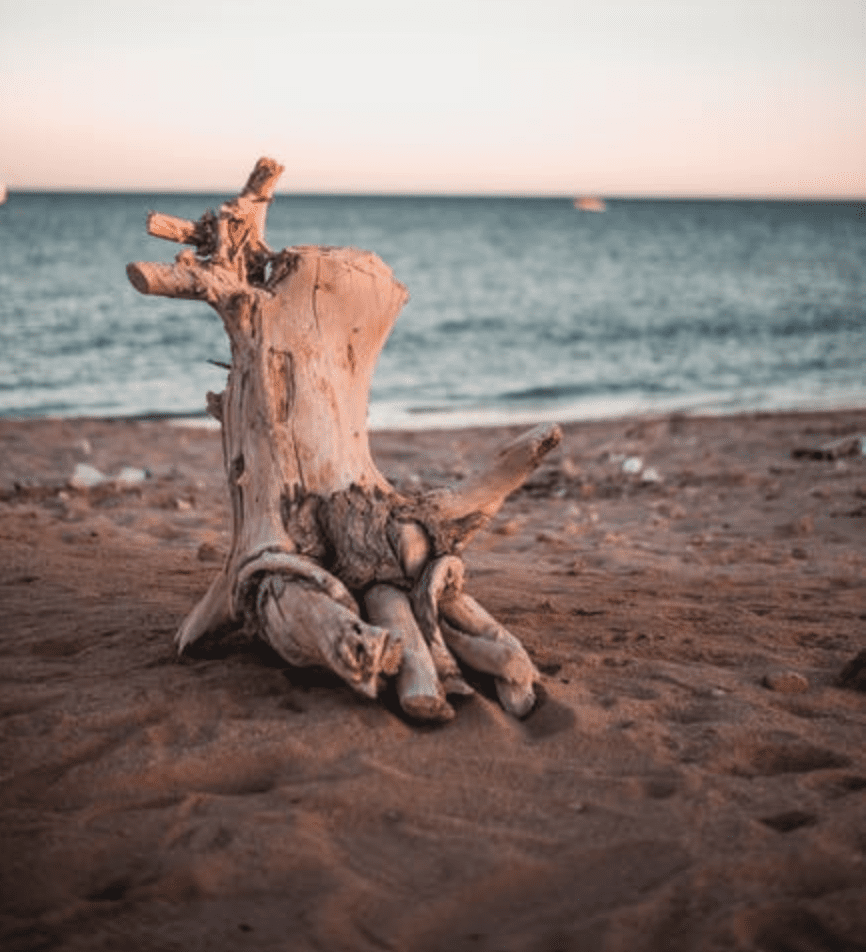
You had a romantic afternoon walk at the beach and saw this lovely piece of driftwood by the sand. You thought of bringing it to the house for your fireplace. The EPA says that you shouldn’t do it.
Driftwood from the ocean can seem like a good idea at first, but unfortunately, salt-saturated wood, when burned, can produce harmful and toxic chemicals. Inhaling these substances can be dangerous, especially for children, elderly, and sensitive people.
4. Plywood
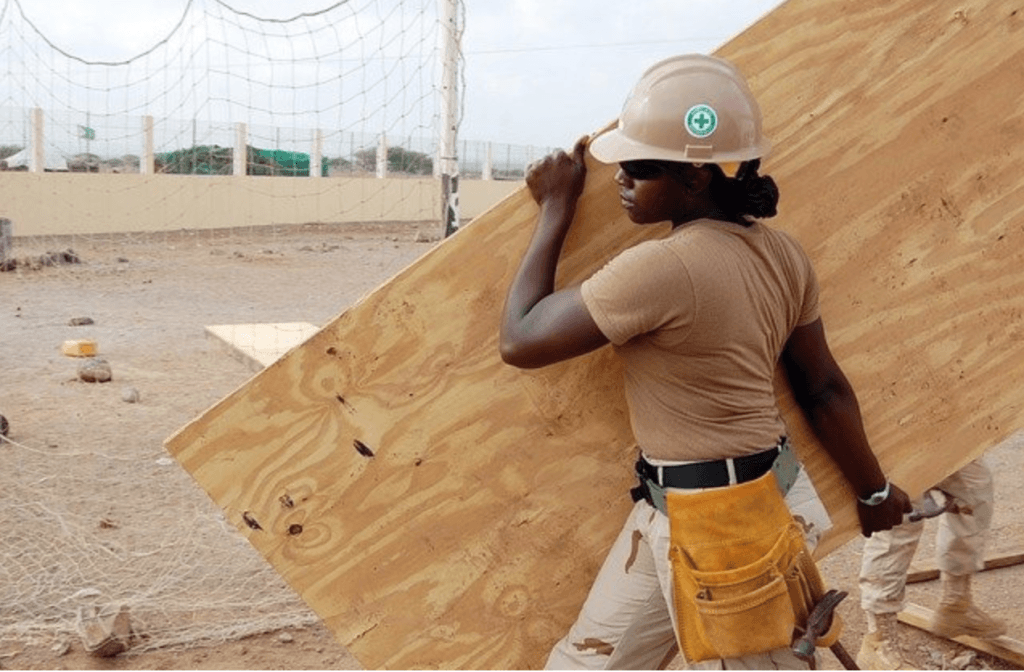
Some homeowners think that “wood is wood” and are ready to get it anywhere and anything for free, including plywood.
Plywood is the result of gluing together thin layers of wood-like surfaces. When burned, these strong adhesives produce various toxic chemicals, which you shouldn’t inhale. Unlike soft wood, treated wood, including plywood, should even be avoided for outside firepits.
If you have plywood leftovers from a creative project, recycle it or donate it, rather than burn it.
5. Particle Boards and Pressure-Treated Wood
Particle boards also known as chipboards and pressured-treated wood are other types of engineered wood are the result of pressing wood chips (particle boards) or very small wood fibers (pressured-treated wood) and adhesive.
Just like plywood burning it in your fireplace can be hazardous to your health.
6. Chemically Treated or Painted Wood
Burning chemically treated and painted wood produces a variety of toxic chemicals that, when inhaled, could harm your health. From lung issues to cancer, the consequences can be devastating.
It may seem that burning some old furniture pieces is a good idea, but you should not do it. Wood paints contain many chemicals that react when exposed to high temperatures and form new chemicals that should never be inhaled.

7. Rotten and Moldy Wood
If you find a piece of rotten or moldy wood, you should throw it away, not burn it. Wood is a perfect breeding ground for various mold species, and by taking it inside and burning it, you are enabling mold to spread around the house.
If you are burning moldy wood, don’t be surprised if you notice mold inside your house, in places that were previously clean and healthy. Also, rotten wood usually has a high moisture content because moisture is needed for the rotting process. Additionally, rotten wood has a lower density and therefore produces less heat.
8. Pallets
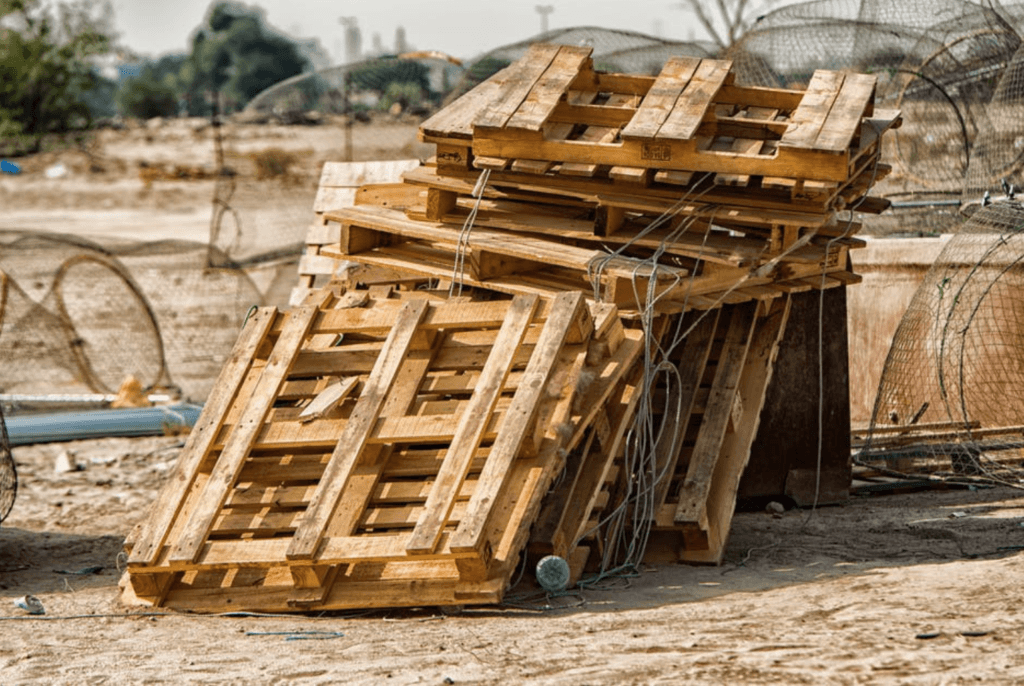
Pallets were invented to make transport and handling of different items easy. Today, these wood pallets are popular for furniture building projects and make great decorations.
If you have pallets you don’t need, do not burn them. The problem with pallets is that they are often treated with chemicals to make them resistant to anything they encounter during transport.
You don’t want to take the risk of choosing a pallet that was treated with strong chemicals that may harm you and your family. Instead of burning pallets, donate them; you may be surprised by how many people want to turn them into a new coffee table.
9. Poisonous Species
Numerous species have the word “poison” in their name, and common sense tells us to avoid them. Some of those poisonous species are Poison Ivy, Poison Oak, and Poison Sumac. They contain oils that are released into the air and, when inhaled, cause all kinds of reactions, especially if you are allergic to them. Even just handling these species may cause reactions to sensitive people. The worst side-effects are severe allergic respiratory issues.
Oleander
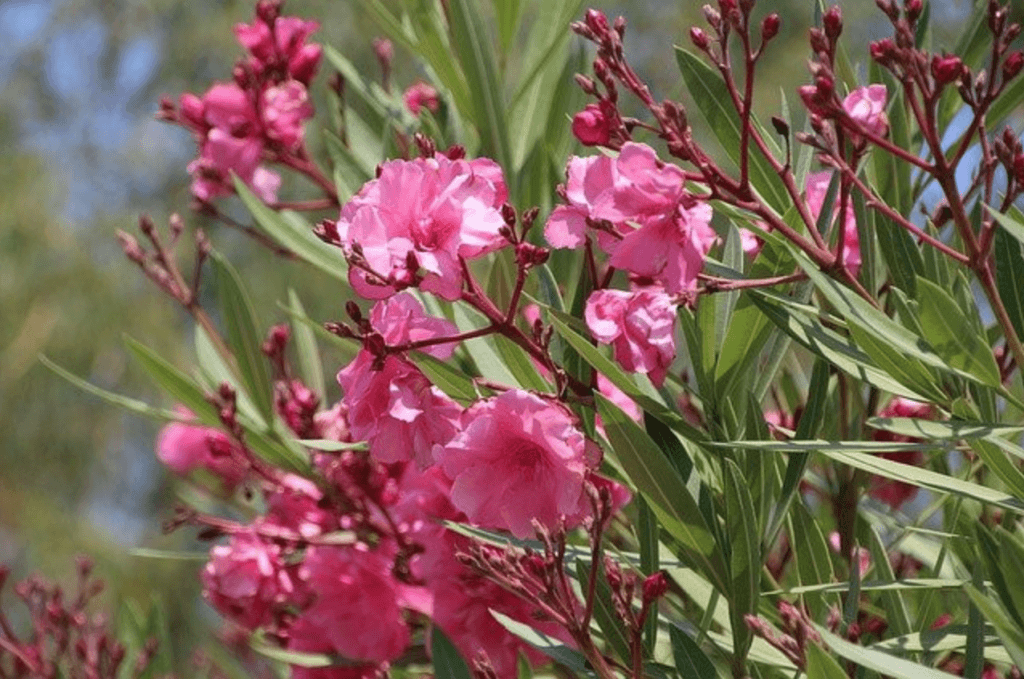
Oleander is a beautiful plant with flowers and many people have it as a decoration plant in the yard. Despite the breathtaking beauty, every piece of this plant, including flowers, leaves, and wooden parts, is poisonous for humans and animals. Digesting it is particularly harmful. Avoid burning Oleanders, especially if you plan to cook food over it.
It shouldn’t be burned outside, either. Burning Oleander will result in inhaling toxins with unknown consequences.
Mexican Elder

Mexican Elder is a semi-evergreen tree that grows in the Southern States. It grows very fast, and it can seem like an excellent renewable source of burning wood. However, this plant contains cyanide. Nothing will happen if you encounter it in nature if you accidentally touch it, but inhaling or digesting this plant can potentially cause cyanide poisoning.
Needless to say, you should not burn this tree in your fireplace.
10. Christmas Trees
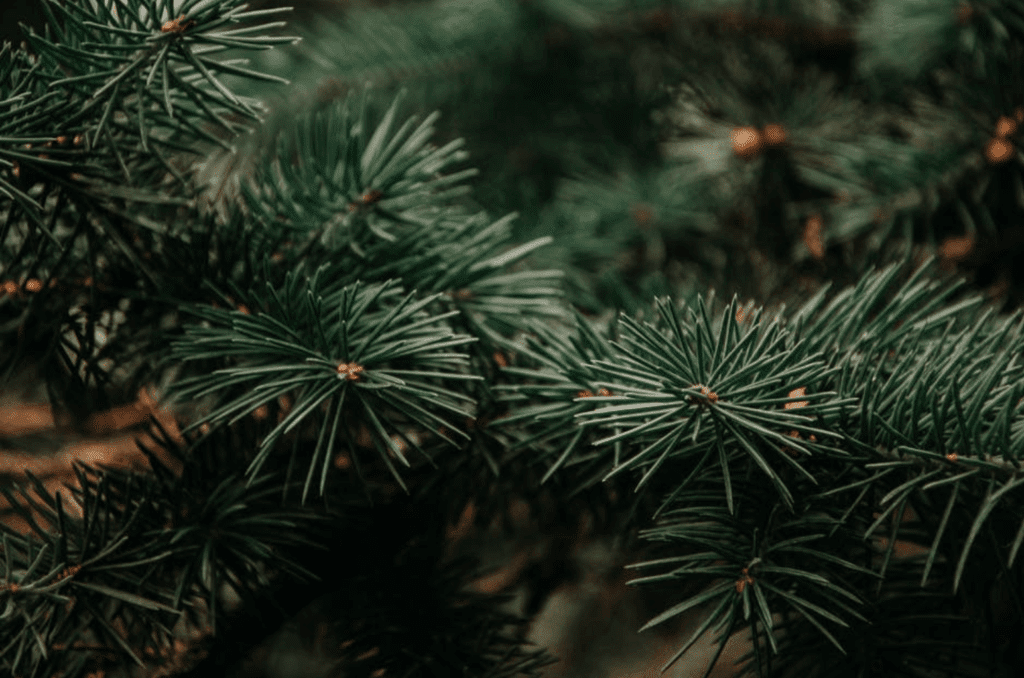
I think everyone feels bad after Christmas is over and have to get rid of the tree. Naturally, some people decide to chop it and burn it in the fireplace.
It may sound logical, but it is not a good idea.
First of all, the dry needles of Christmas trees burn fast, which is an important fire hazard. Another issue is that Christmas trees contain a lot of sap, which is highly flammable and causes creosote buildup. Sap can burn very fast too and pop a lot, so even a single tree that is burned in your fireplace can potentially cause a chimney fire.
11. Non-Local Wood
Buying local wood is beneficial in many ways. You are supporting the local economy and your community, and you are protecting nature because transporting goods long-distance burns a lot of fuel.
But buying non-local wood has a more significant risk; you may be transporting tree-killing bugs with your wood. Wood can get infested with all kinds of pests, and by importing wood, you are putting local trees at risk. When you store wood in your yard, insects and similar creatures will get the opportunity to infest nearby forests.
The Don’t Move Firewood campaign, a partnership managed by The Nature Conservancy offers a helpful firewood map. This map shows useful links to resources within the USA and Canada to help you become a responsible firewood user.
The video below is part of the “Buy It Where You Burn It” campaign message:
12. Endangered Tree Species
Same as endangered animals, endangered trees have to be kept alive and not burned in our fireplaces. Even trees that are not officially endangered, but their number is decreasing due to excessive logging, should be spared.
Some of the endangered species include the Maple-Leaf Oak, Florida Yew, Fraiser Fir, Longleaf Pine, and Red Oak.
Red Oak, in particular, is declining rapidly because of a fungus infection. Buying and storing Red Oak can help the spread of these diseases and cause even bigger problems.
How About Cardboard and Paper?
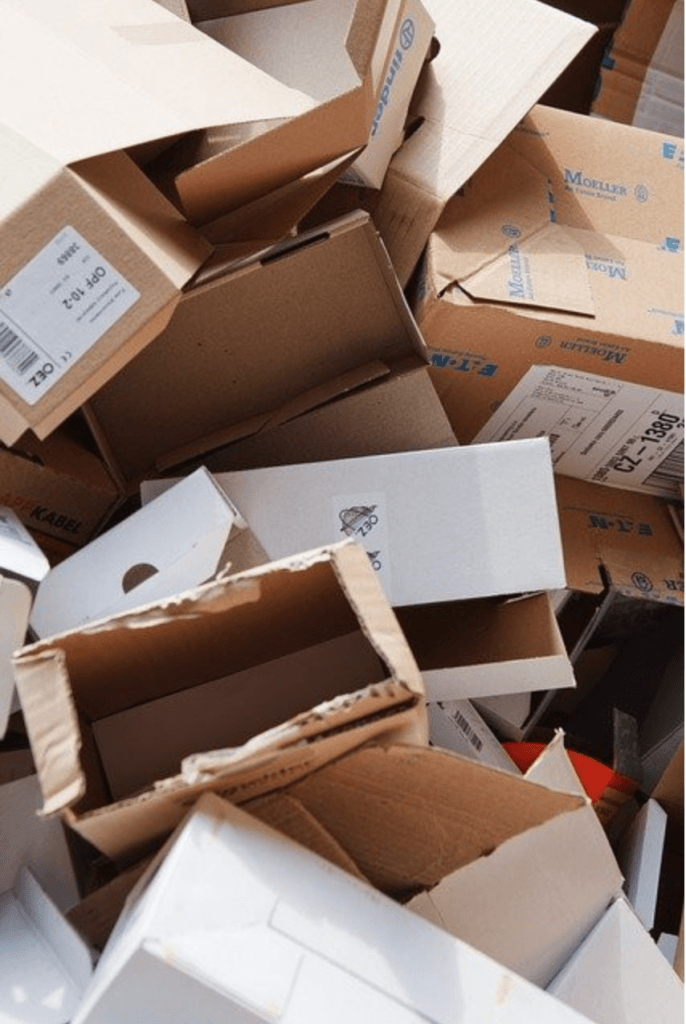
I admit that I have used newspapers and cardboard to start the fire in my fireplace in the past. Little did I know that it was not a wise decision for two main reasons.
- Cardboard is chemically treated, and burning it may release toxins into the air you breathe.
- Because both paper and cardboard are very light, burning pieces can fly up the chimney and cause a fire outside. If the fireplace is unattended, those pieces can end up flying inside of your house and accidentally land on a nearby sofa or a curtain, causing a fire.
Fireplaces are not meant to be used for burning anything except for dry and safe wood.
Related Posts:

